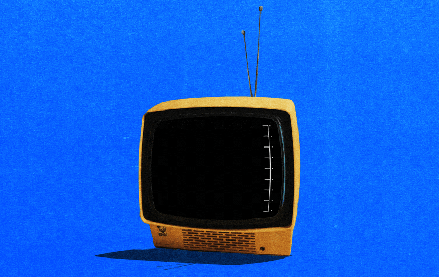‘Video budgets are fluid’: Facebook Watch could chip away at broadcasters’ revenue

This week, Facebook announced Facebook Watch, and if it succeeds in making the social network a destination for TV shows, it becomes another competitor to established broadcasters.
In the short term, Facebook Watch will likely chip away at broadcasters’ video-on-demand ad revenue, say industry insiders. In the longer term, Facebook could make more ambitious content investments, like longer-form programming and live, global sports rights, bringing the quality of content more in line with TV.
Facebook is commissioning some of the content, using its massive reach of 2 billion monthly users to attract content creators. The feature is available only to people in the U.S. so far, with international expansion planned over the coming months.
Facebook is offering mid-roll ads in Watch’s shows, which offer an alternative for advertisers to the video ads in Facebook’s News Feed and also could compete for video-on-demand ad budgets from the U.K.’s main broadcasters Sky, ITV and Channel 4, even if the quality of the programming and the environment lag.
“The content might seem like it’s more in the YouTube or Snapchat realm, but video budgets are fluid, and if the format and targeting works like VOD, then it could draw money from these budgets,” said Mark Holden, head of strategy at Arena Media. “This will confirm [broadcasters’] fears or add to their concerns,” he said, adding that the growing power of digital platforms pose an ongoing threat.
Beyond advertising, Facebook’s move to get deeper into video could cause some broadcasters to stop distributing their own content on Facebook, according to Nigel Walley, managing director of Decipher Media Consultants.
“The people who will be confused and worried are the broadcasters who have previously used Facebook as a marketing and audience-acquisition channel and have so helped Facebook emerge as a competitor,” he said. “What broadcasters would find scary is that Facebook is bringing TV to a global scale. Most broadcasters have operated in a single country market. With Facebook distributing to 200 countries at once, it can bid big for TV,” said Walley, pointing to the fact that Amazon reportedly paid $250 million (£193 million) to license Jeremy Clarkson’s “The Grand Tour” for three seasons.
Still, Facebook’s success in getting people to spend more time in Watch will rely on the quality of its content. Facebook is funding some of the shows, but the goal is to grow this ecosystem so the majority of shows are not Facebook-funded. Differentiating will be its challenge: Nearly 500 scripted shows are in production in the U.S., up from 200 in 2008, according to Enders Analysis.
Facebook’s app is available on some Smart TVs, but another question will be what percentage of viewing is on TV rather than logged-in user devices. That could change Facebook’s value as a marketing channel for advertisers.
Facebook’s logged-in data on mobile devices allows advertisers to target ads. Extending campaigns to the TV screen, where more than one person is watching, makes planning campaigns more complicated if the advertiser wants to know who is watching, and, ultimately, leads to broader reach rather than more targeted messages.
“When you’re selling advertising people care who and how many have seen it,” said Walley. “It will be harder for Facebook to control that when it comes to the big screen.”
More in Future of TV

‘A year of loose ends’: Digiday editors share top takeaways from 2025
This year was filled with major developments – from Netflix’s planned WBD deal to Omnicom’s acquisition of IPG to Google’s ultimately cookie reversal – and Digiday editors Sara Jerde and Seb Joseph help to recap the year that was (and wasn’t).

Future of TV Briefing: How the future of TV shaped up in 2025
This week’s Future of TV Briefing looks back at the top topics and trends that overtook the TV, streaming and digital video industries in 2025.

Programmatic agency execs speak out on CTV transparency
At the recent Digiday Programmatic Marketing Summit, agency executives spoke out — on stage and in behind-closed-door town hall sessions — on how they see transparency in CTV.








